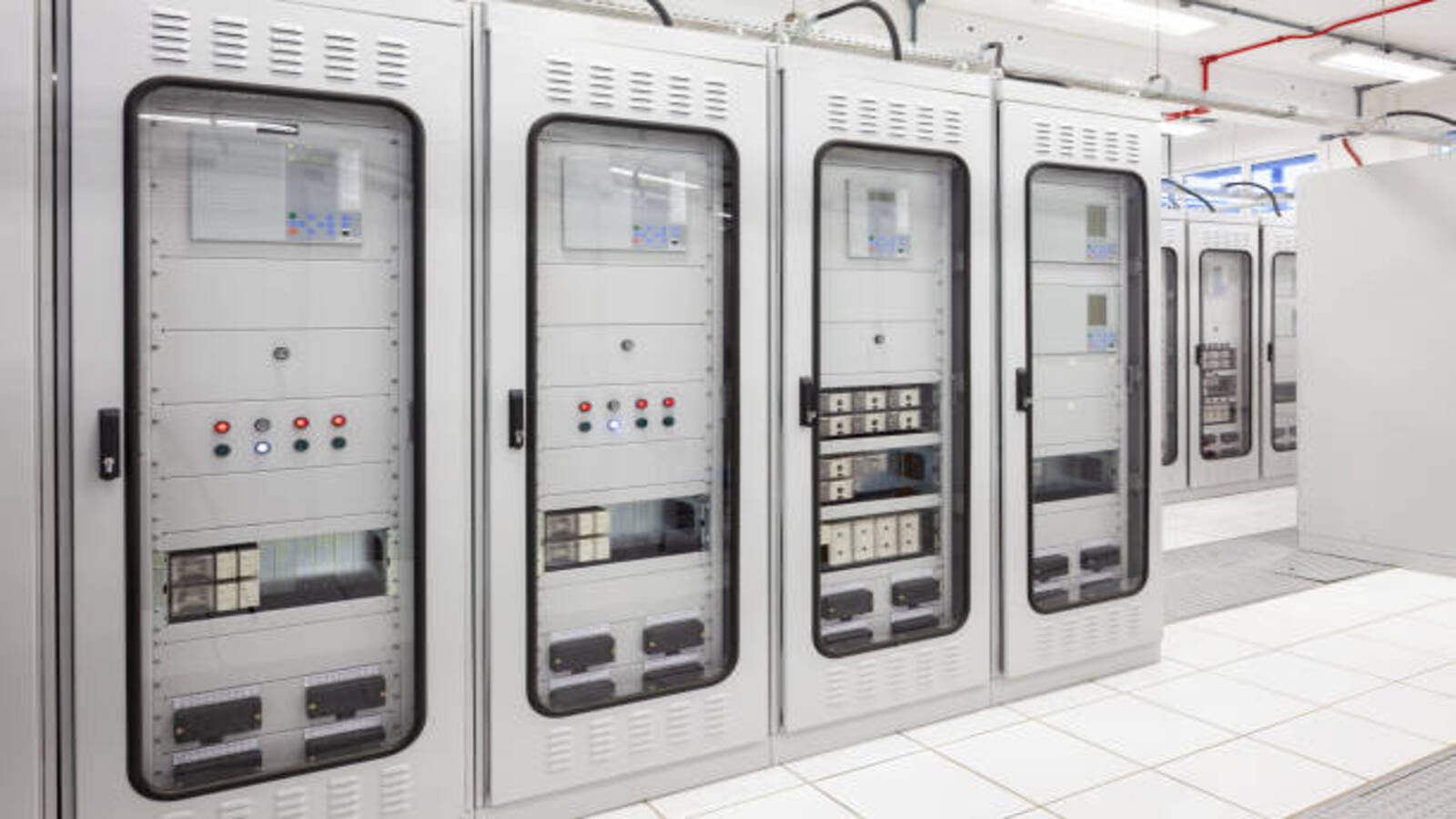Choosing the Right Material for Switchgear Mechanical Parts
Switchgear mechanical parts play a crucial role in the proper functioning of electrical power systems. The right choice of material for these parts is essential to ensure reliable and safe operation. Choosing the correct material for switchgear mechanical parts can be challenging, particularly if you are not familiar with the properties of various materials. In this article, we will provide you with insights on How to Choose the Right Material for Switchgear Mechanical Parts.
1. Consider Your Application Needs
The first step in choosing the right material for switchgear mechanical parts is to understand your application needs. Your application requirements may include factors such as electrical properties, temperature range, mechanical strength, thermal conductivity, and environmental factors. You must evaluate your application requirements to select the most suitable material.
2. Determine the Material Properties You Need
Once you have identified your application requirements, the next step is to determine the material properties you need. The mechanical properties you will require include tensile strength, yield strength, elongation, and modulus of elasticity. You should also consider other requirements such as electrical conductivity, thermal conductivity, and corrosion resistance. Mechanical parts require different materials based on the property you need the most.
3. Evaluate Material Options
Once you have identified your application requirements and desired material properties, you can start evaluating material options. The most commonly used materials for switchgear mechanical parts include aluminum, copper, steel, brass, and stainless steel. Each of these materials has specific properties that make them suitable for different switchgear applications.
4. Consider Cost
Cost is a significant factor in selecting the right material for switchgear mechanical parts. Some materials may be more expensive than others, and cost is often a tradeoff between performance and price. It is essential to consider your budget when evaluating material options and keep in mind that the cheapest material may not always be the best choice.
5. Consider the Operating Environment
The operating environment is another critical factor to consider when choosing the right material for switchgear mechanical parts. Factors such as temperature, humidity, and chemical exposure can significantly affect the performance of your selected material. You should ensure that the material you choose can withstand the operating environment conditions for your application.
6. Evaluate Material Compatibility
It is also essential to evaluate the compatibility of the selected material with other materials used in the switchgear construction. Compatibility issues can lead to corrosion and damage, resulting in unplanned downtime and increased maintenance costs. Consider the materials used for other components such as the enclosure, busbars, and insulating materials.
7. Consider the Fabrication Process
The fabrication process is another critical factor that influences the choice of material for switchgear mechanical parts. Some materials are easier to work with than others, and this can affect manufacturing costs. Evaluate the fabrication process required for the selected material and consider the availability of skilled labor in your area.
8. Evaluate Industry Standards
The electrical industry has various material standards that guide the selection of materials for switchgear mechanical parts. These standards ensure that the materials used meet specific quality and safety requirements. Consider adhering to industry standards when selecting the material for your switchgear mechanical parts.
9. Consult with an Expert
Choosing the right material for switchgear mechanical parts can be challenging if you are unfamiliar with the properties of various materials. It is prudent to consult with an expert to guide you through the material selection process. An expert can help you identify your application requirements, evaluate material options, and choose the right material that meets your needs.
10. Conclusion
Selecting the right material for switchgear mechanical parts is critical to ensure reliable and safe operation. You should consider various factors such as your application requirements, material properties, cost, operating environment, material compatibility, fabrication process, industry standards, and expert guidance. Do your research and evaluate your options carefully to make the best choice for your switchgear mechanical parts.

